Analytical Pyrolysis of Natural Organic Polymers
Analytical pyrolysis is one of the many tools utilized for the study of natural organic polymers. This books describes in three parts the methodology of analytical pyrolysis, the results of pyrolysis for a variety of biopolymers, and several practical applications of analytical pyrolysis on natural organic polymers and their composite materials. Analytical pyrolysis methodology covers two distinct subjects, the instrumentation used for pyrolysis and the analytical methods that are applied for the analysis of the pyrolysis products. A variety of pyrolytic techniques and of analytical instruments commonly coupled with pyrolysis devices are given.The description of the results of pyrolysis for biopolymers and some chemically modified natural organic polymers is the core of the book. The main pyrolysis products of numerous compounds as well as the proposed mechanisms for their pyrolysis are described. In this part an attempt is made to present as much as possible the chemistry of the pyrolytic process of natural organic polymers.The applications of analytical pyrolysis include topics such as polymer detection used for example in forensic science, structure elucidation of specific polymers, and identification of small molecules present in polymers (anti-oxidants, plasticizers, etc.). Also, the degradation during heating is a subject of major interest in many practical applications regarding the physical properties of polymers. The applications to composite polymeric materials are in the fields of classification of microorganisms, study of a variety of biological samples, study of fossil materials, etc. Analytical pyrolysis can also be used for obtaining information on the burning area generate pyrolysates that have complex compositions. Their analysis is important in connection with health issues, environmental problems, and taste of food and cigarettes.Features of this book:
{{comment.content}}


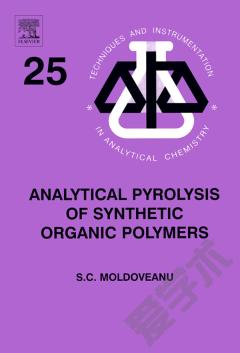
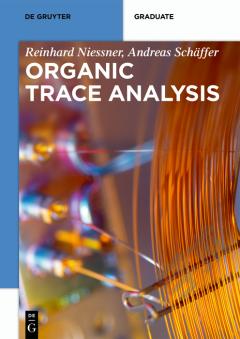
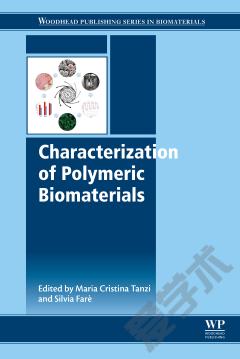
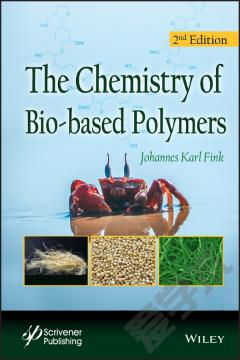
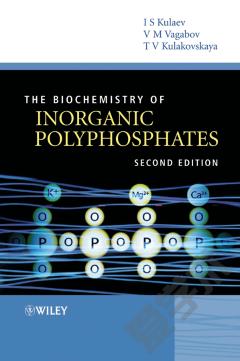

 京公网安备 11010802027623号
京公网安备 11010802027623号